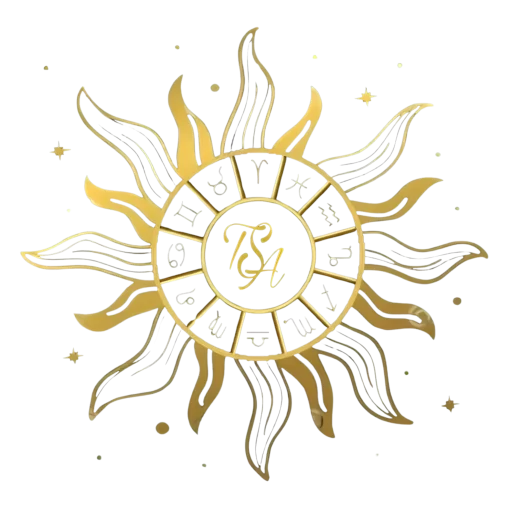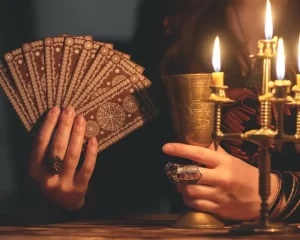
- +91-9728101465
- erpankajsugandha@gmail.com
Unlock the Secrets of Your Stars, Illuminate Your Path
Unlock the Secrets of Your Stars, Illuminate Your Path
Palmistry: Unlocking the Secrets of Your Hand
Palmistry, also known as chiromancy or palm reading, is an ancient practice that interprets the lines, shapes, and mounts of the hand to reveal a person’s personality, potential, and destiny. Rooted in traditions from India, China, and ancient Greece, palmistry has fascinated both spiritual seekers and skeptics for centuries. Though often regarded as a mystical art, it is deeply symbolic and draws from archetypes found in psychology, astrology, and human behavior.
Whether you’re a curious beginner or a spiritual enthusiast, understanding palmistry can be both enlightening and entertaining. This article explores the core elements of palmistry, offering a comprehensive look at how your hands might reveal more about you than you ever imagined.
The History and Origins of Palmistry
The origins of palmistry can be traced back more than 3,000 years. It is believed to have originated in ancient India, where it was practiced by sages and passed down through generations. From India, palmistry traveled to China, Egypt, and eventually to Greece, where it caught the attention of famous philosophers like Aristotle and Hippocrates.
During the Middle Ages, palmistry was often condemned as superstition or even witchcraft. However, in the Renaissance, interest in the occult and esoteric knowledge revived its popularity in Europe. Today, palmistry is considered a form of divination and a tool for self-reflection rather than fortune-telling alone.
The Basic Structure of Palmistry
Palmistry involves the study of various aspects of the hand. The two most essential elements are:
- The Lines of the Hand
- The Mounts and Shapes of the Hand
Each part offers unique insights, and when analyzed together, they create a holistic view of an individual’s life path, character, and experiences.
1. The Major Lines
There are three primary lines that palmists examine:
👉 Heart Line
- Located at the top of the palm, just under the fingers.
- Represents emotions, love life, and relationships.
- A deep, clear heart line suggests a balanced emotional life, while a broken or faint line may indicate emotional struggles or inconsistency.
👉 Head Line
- Found in the middle of the palm, typically below the heart line.
- Reflects intellectual tendencies, learning style, and decision-making skills.
- A long head line may signify analytical thinking, while a short one could point to creativity or spontaneity.
👉 Life Line
- Curves around the base of the thumb, from the edge of the palm down toward the wrist.
- Contrary to popular belief, it doesn’t directly indicate lifespan but rather vitality, resilience, and life changes.
- A strong, unbroken life line shows stability, while breaks may suggest major life events or transitions.
Some hands may also have a Fate Line, which runs vertically up the center of the palm and relates to life path, career, and destiny. Not everyone has a fate line, and its presence or absence can be significant.
2. The Mounts of the Palm
The mounts are the fleshy pads found at the base of the fingers and thumb. They correspond to planets in astrology and indicate dominant personality traits.
- Mount of Venus (beneath the thumb): Love, passion, and sensuality.
- Mount of Jupiter (beneath the index finger): Ambition, leadership, and authority.
- Mount of Saturn (beneath the middle finger): Responsibility, wisdom, and seriousness.
- Mount of Apollo (beneath the ring finger): Creativity, fame, and success.
- Mount of Mercury (beneath the little finger): Communication, business skills, and intuition.
- Mount of Luna (opposite the thumb, along the outer palm): Imagination, spirituality, and emotion.
Well-developed mounts suggest strong qualities, while flat or underdeveloped ones may suggest those areas are less pronounced in a person’s life.
3. Hand Shapes and Elements
Palmists also classify hands into four basic types, each corresponding to one of the four elements: Earth, Air, Fire, and Water.
🌍 Earth Hands
- Square palms and short fingers.
- Practical, grounded, reliable.
- Value stability and routine.
🌬️ Air Hands
- Square or rectangular palms with long fingers.
- Intellectual, curious, communicative.
- Thrive on new ideas and social interaction.
🔥 Fire Hands
- Square or rectangular palms with short fingers.
- Energetic, confident, adventurous.
- Natural leaders who enjoy challenges.
💧 Water Hands
- Long palms and long fingers.
- Emotional, intuitive, artistic.
- Deep thinkers and empathetic listeners.
Each element offers a snapshot of how a person interacts with the world and processes life experiences.
Palmistry Today: A Tool for Self-Awareness
In modern times, palmistry is often seen not just as a predictive tool, but as a method for personal growth. Many readers use it in combination with psychology, astrology, or life coaching to help individuals understand their strengths, overcome challenges, and navigate life transitions.
Palmistry is also used in holistic and healing practices, especially when combined with other systems like chakra balancing or Ayurveda. It’s less about predicting a fixed future and more about offering insights into one’s path and potential.
Common Myths About Palmistry
Despite its growing popularity, palmistry is still surrounded by myths:
- Myth: A short life line means a short life.
- Fact: The life line reflects vitality and life events, not lifespan.
- Myth: Palmistry is the same for everyone.
- Fact: Hands are unique. Even your left and right hand may differ, offering different insights (left for innate traits, right for developed traits).
- Myth: Only “gifted” people can read palms.
- Fact: Anyone can learn the basics of palmistry with study and practice.
Should You Trust Palmistry?
Palmistry should be approached with an open yet discerning mind. It is not a science, but a symbolic language that helps people gain perspective. When interpreted by a knowledgeable reader, it can offer validation, reflection, and inspiration.
Even skeptics who do not believe in the metaphysical aspects often find value in the psychological and archetypal insights palmistry provides.
Conclusion: What Does Your Hand Say About You?
Palmistry is a fascinating journey into the hidden language of your hands. Every line, mount, and curve tells a story — one that’s uniquely yours. Whether you seek guidance, confirmation, or just a deeper understanding of yourself, your hands can serve as a mirror to your inner world.
So the next time you look at your palm, remember: you’re holding centuries of wisdom, encoded in the most personal map of all — your own hand.
Category
Recent Posts

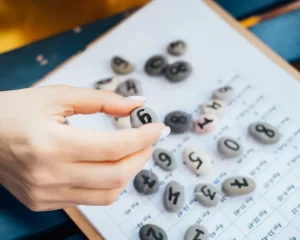
Numerology: Unlock the Hidden Meaning of Numbers
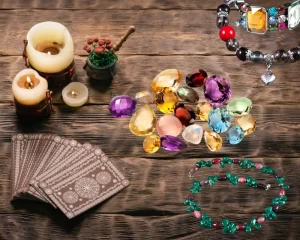
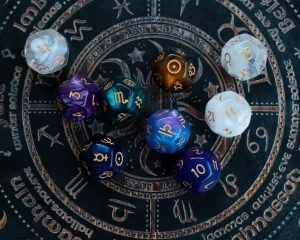
What Is Astrology? A Gateway to the Stars
Have A Question? Get In Touch.
Have questions about your destiny? We’re here to provide personalized astrological insights. Connect with Sunshine Astrology for guidance on horoscopes, zodiac signs, and cosmic energies. Let the stars lead the way—reach out to us today!
TSA offers expert astrology services including Kundli matching, Palmistry, Face Reading, and Gemology to guide you toward a prosperous and harmonious life.
Quick Links
Contact Info
- +91-9728101465
- connect@thesunshineastrology.com
- B24 Gali Gokal Chand Arya Ghoshiyan Chowk Halu Bazar Bhiwani, Haryana - 127021
